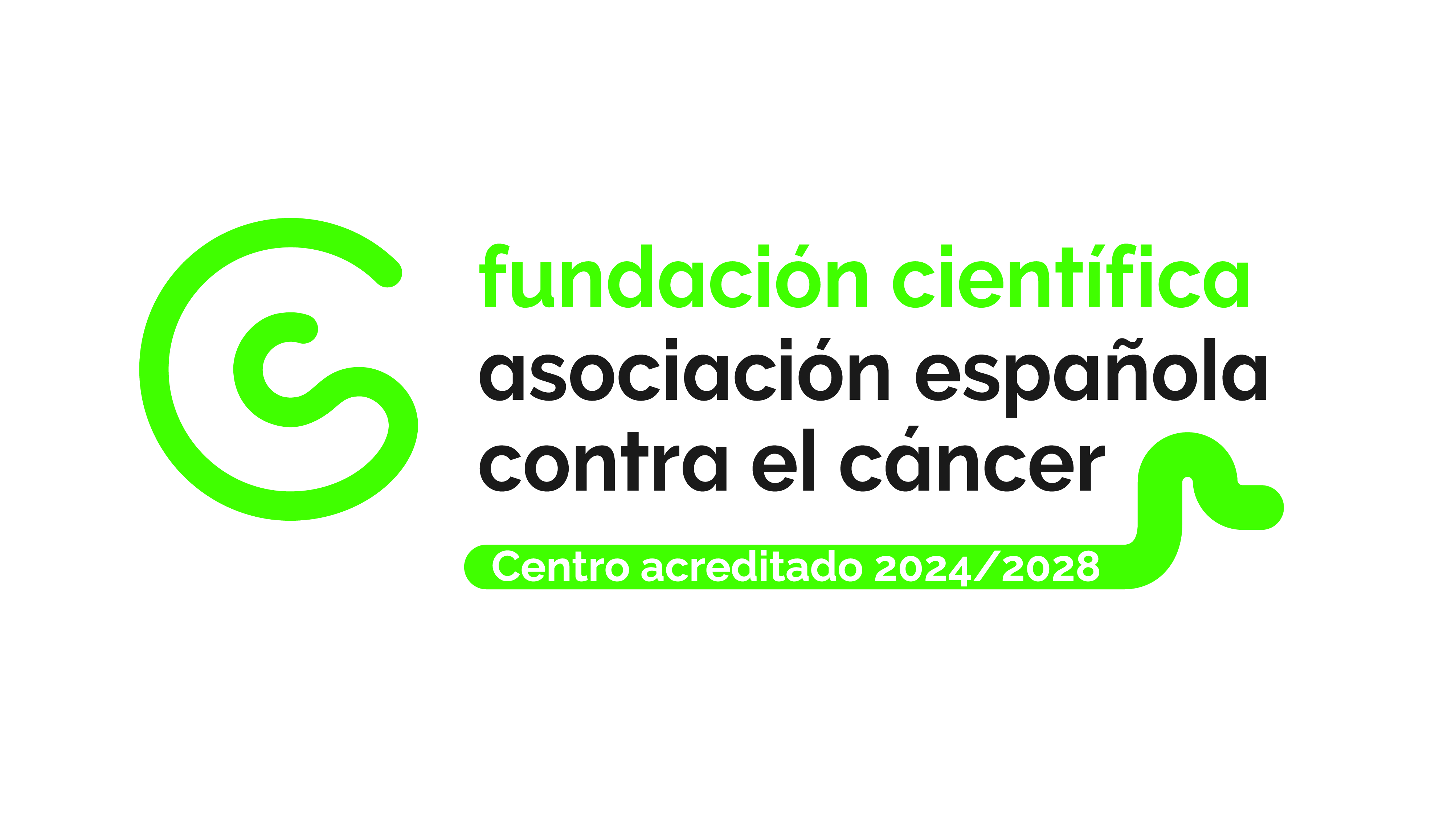Cód. SSPA: IBiS-DS-33
RAICESP is a multidisciplinary research group made up of professionals from academic, clinical, and public health fields. The group is committeed to the rigorous analysis of priority health problems and their determinants, the quality and safety of care, and the evaluation of the effectiveness of health interventions at different levels of the system.
The group's objective is to generate applicable knowledge to improve health outcomes, reduce inequalities, and optimize clinical, organizational, and public health decision-making. To this end, it adopts a broad and comprehensive perspective of health determinants - biological, environmental, social, behavioral, health, and structural and political- that influence health and disease states.
RAICESP employs observational designs, impact assessments, quasi-experimental approaches, and the analysis of large databases to characterize public health problems and their determinants, estimate the burden of diseases, and evaluate the influence of interventions, organizational models, and policies applied in different settings within the healthcare system and at the community level.
In addition to its research work, the group carries out training, innovation, and knowledge transfer activities targetin professionals, managers, policymakers, and citizens, with the aim of promoting more equitable, effective, and sustainable approach to health.
- Research lines
RAICESP organizes its activity into five integrated research lines aimed at improving population health:
1. Epidemiological analysis and surveillance of priority health problems:
Focuses on the distribution, burden, and trends of communicable and non-communicable diseases using quantitative (cohort, case-control, trend analysis) and qualitative approaches, considering subgroup analysis to identify health inequalities.
2. Determinants of health in their multiple dimensions:
Using multivariate, geospatial, and interaction model analyses to explain health gradients and propose intersectoral interventions, considering the following health determinants:
o Biological: age, sex, genetics, pre-existing health conditions.
o Behavioral: lifestyles, health habits, therapeutic adherence.
o Social and economic: educational level, income, employment, support networks.
o Healthcare: access, quality, and effectiveness of healthcare services.
o Environmental: housing, urban environment, pollution, climate change.
o Structural and political: public policies, health equity, regulatory frameworks.
3. Quality, safety, and outcomes of healthcare:
Analyzing the performance of healthcare services through clinical audits, retrospective cohort studies, electronic record analysis, and structured surveys, assessing the following aspects:
o Patient safety (incidents, adverse events, safe practices).
o Perceived and technical quality in healthcare.
o Evaluation of health outcomes adjusted for risk and underlying conditions.
o Analysis of clinical variability and organization of services.
4. Evaluation of health interventions and policies:
Performing quasi-experimental designs, time series analysis, propensity scoring, and mixed methods to assess the impact, equity, and sustainability of healthcare and community interventions, considering:
o Screening, vaccination, rehabilitation, and health promotion programs.
o Evaluation of public policies and organizational reforms
o Complex and community-based interventions with a participatory approach.
5. Transfer, Innovation, and Training:
o Optimization and integration of clinical, administrative, and epidemiological information systems.
o Application of artificial intelligence, machine learning, and data science.
o Development of epidemiological surveillance and monitoring systems.
o Training of students, professionals, and researchers through academic programs, seminars, and internships
o Participation in national and international research networks.
o Engaging and empowering citizens to actively participate in the analysis of health problems and in the implementation and evaluation of solutions.
o Promote networks and synergies that integrate political, technical, clinical, and population-based perspectives in the prevention and control of health problems.















